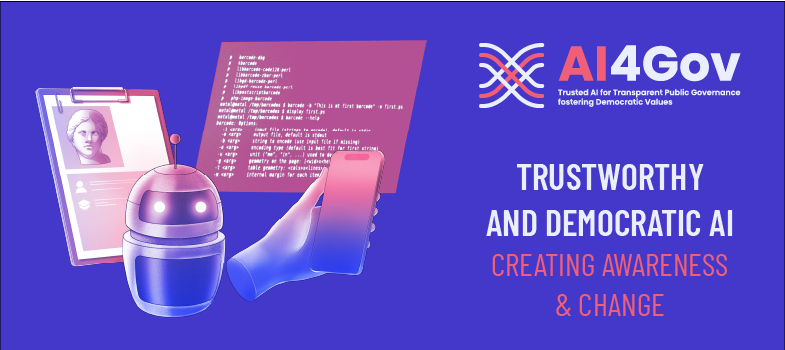Module 2: Real-Life Examples of Bias
In Module 2, we cover the following Lessons:
Lesson 2.2: Bias in Criminal Law - The Case of COMPAS
Lesson 2.3: Bias in the Healthcare System - The Case of Predictive Algorithms
Lesson 2.4: Bias in Hiring Algorithms - The Case of Amazon and Beyond
Lesson 2.5: Bias in Government Fraud Detection Systems - Cases in the UK and Netherlands
LESSON 2.6: KEY TAKEAWAYS AND WARNINGS
The cases in the UK and Netherlands underscore the profound risks of using poorly understood and insufficiently regulated AI systems for government fraud detection:
- Bias Amplification: Even if not explicitly programmed, AI systems can inadvertently amplify biases present in the training data, leading to discrimination based on nationality, ethnicity, or socioeconomic status.
- Transparency and Accountability: When government agencies do not disclose how AI-driven processes function, individuals affected by biased outcomes may have no recourse or understanding of why they were targeted.
- Human Oversight Limitations: While final decisions may technically rest with human officials, reliance on AI recommendations often means that biased algorithmic outputs strongly influence outcomes, especially when resources are limited.
- Severe Consequences for Individuals: In both cases, individuals faced life-altering consequences due to biased algorithms, from financial ruin to separation from family.
These examples highlight the urgent need for rigorous oversight, transparency, and accountability in the application of AI for government decision-making, particularly when these decisions have high stakes for individuals’ lives. Government agencies must implement robust safeguards to prevent bias, ensure fairness, and protect vulnerable populations from harm.
